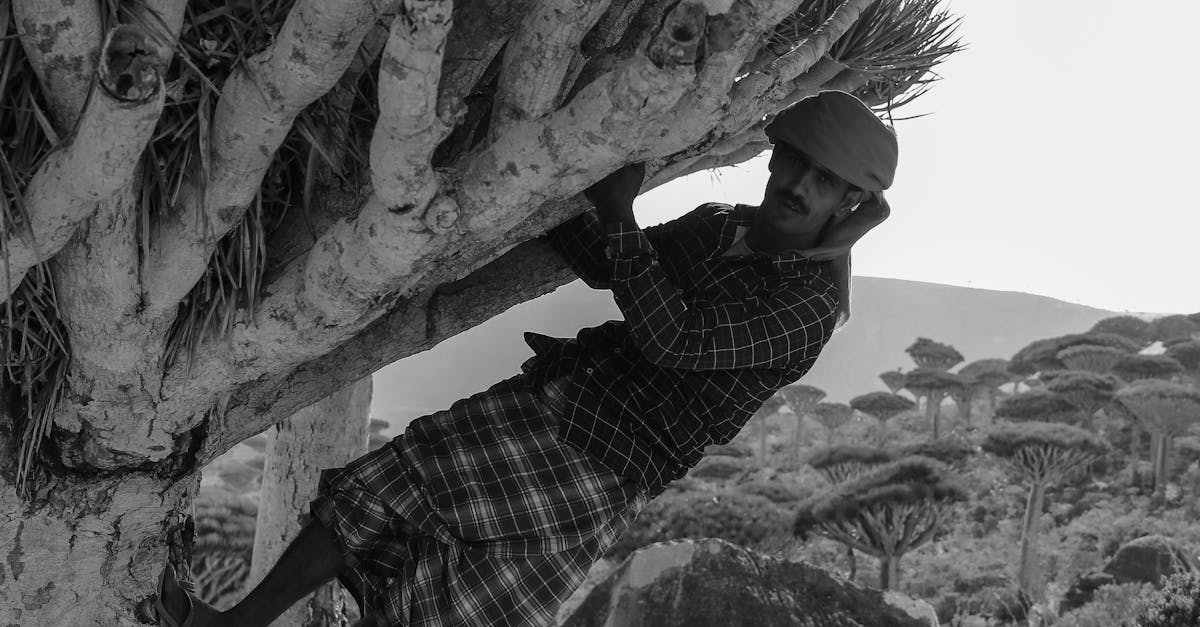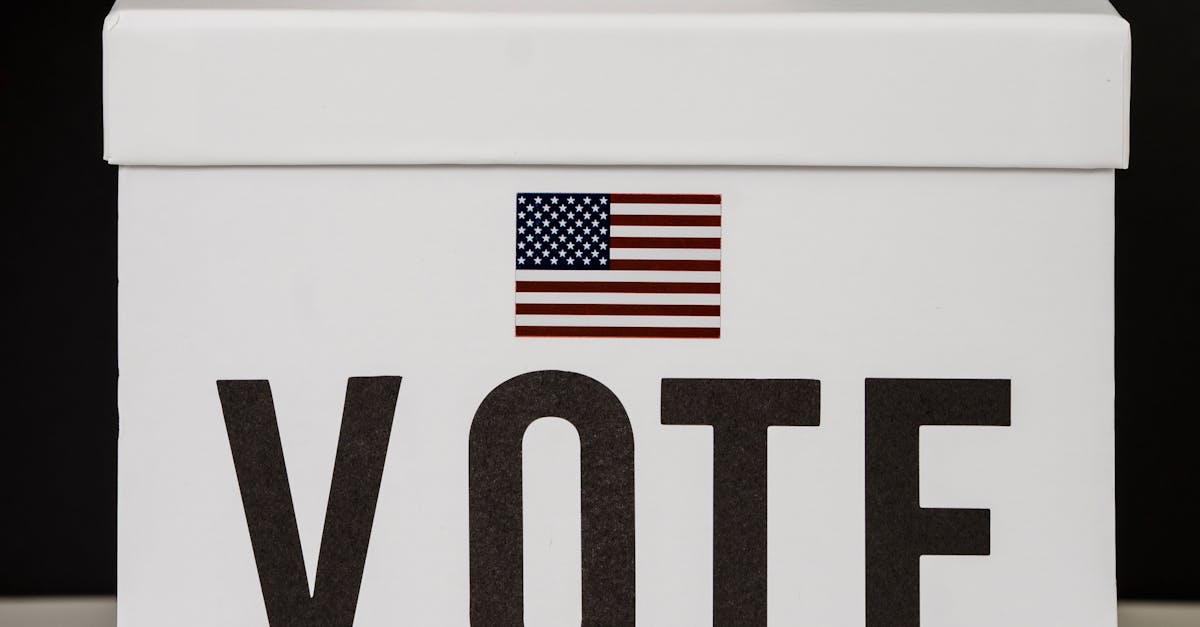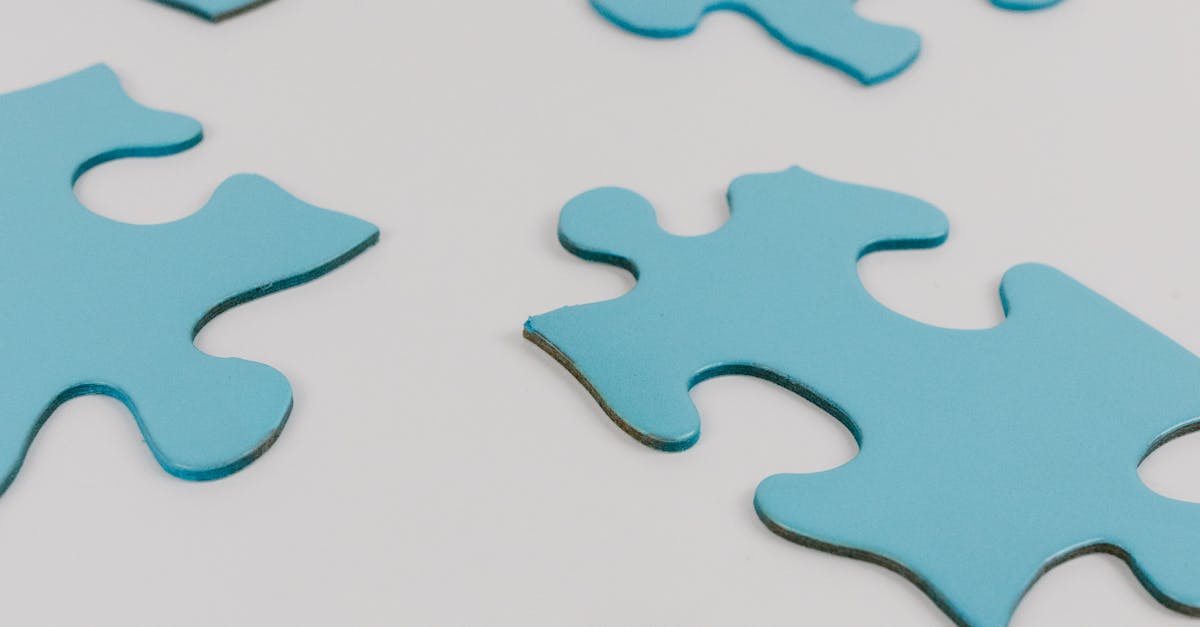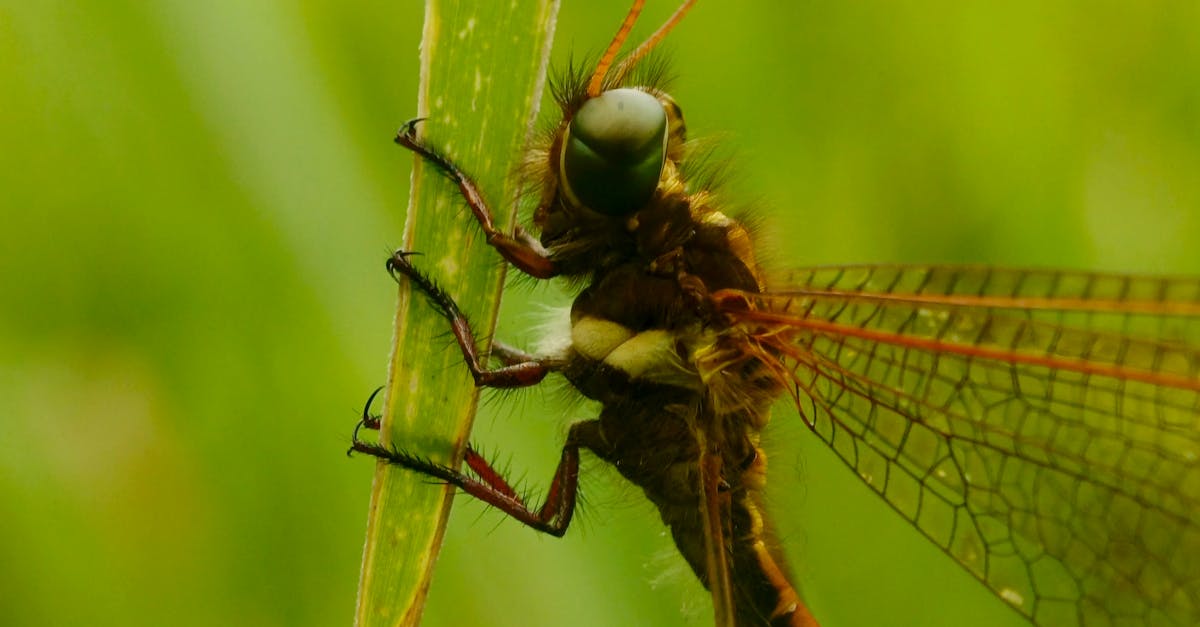Global Risks
-
About the Report: The Global Risk Report, first published in 2006, analyzes global risks across economic, environmental, geopolitical, societal, and technological domains.
-
Methodology: The report is based on the Global Risks Perception Survey 2024-2025 (GRPS). It assesses risks over short-term (1-2 years) and long-term (10 years) horizons to aid policymakers in addressing both immediate and future challenges.
-
Top Short-Term Risks: Misinformation/disinformation, extreme weather events, and state-based armed conflict are identified as the most pressing concerns over the next two years.
-
Top Long-Term Risks: Extreme weather events, biodiversity loss & ecosystem collapse, and critical changes to earth systems are the dominant threats in the longer term.
-
Driving Forces: Technological, geostrategic, climatic, and demographic forces are converging to create a more complex and interconnected risk landscape. This convergence is expected to intensify over the next decade.
-
Climate Focus: The report emphasizes the importance of mitigating short-lived climate pollutants like black carbon, methane, and hydrofluorocarbons due to their significant impact on the environment and public health.
-
Why it Matters: The Global Risks Report helps leaders identify, understand, and prepare for present and future risks, offering practical guidance for strategic planning and confident navigation of complex challenges.
Musi River: Key Facts
-
About Musi River: Flows through Telangana, India. A tributary of the Krishna River.
- Why: Provides geographical context and its importance as part of a larger river system.
-
Origin: Anantagiri Hills near Vicarabad, Rangareddi district. Formed by the confluence of Esi and Musa rivulets.
- Why: Details the river’s source and formation.
-
Course: Flows into the Krishna River near Wazirabad in Nalgonda district.
- Why: Describes the river’s path and where it ends.
-
Dams: Himayat Sagar and Osman Sagar are built on the river.
- Why: Highlights human intervention and water management efforts.
-
Hyderabad: Divides the city between the old and the new.
- Why: States the river’s significant role in shaping the city’s structure.
-
Other Names: Also known as Musinuru, Moosa, or Muchukunda.
- Why: Provides alternate names for recognition.
-
Historical Water Source: Osman Sagar and Himayat Sagar were previous water sources for Hyderabad.
- Why: Explains the historical significance of dams as source of water for Hyderabad
T. indotineae
-
Novel Fungal Species: Trichophyton (T.) indotineae is a newly identified fungus causing difficult-to-treat skin infections.
-
Drug Resistance: Infections caused by T. indotineae are often resistant to common antifungal treatments.
-
Global Spread: The fungus has been detected in over 40 countries, despite its initial identification in patients from India and Nepal.
-
Controversial Nomenclature: The name “indotineae” (referencing India) has drawn criticism.
-
Stigma and Misinformation: Critics argue the region-specific naming could lead to stigma and inaccurate information.
-
Violation of Naming Guidelines: The naming convention contradicts guidelines from organizations like the WHO, which advocate for descriptive names based on symptoms, severity, or characteristics instead of geographical locations.
-
Historical Precedents: Critics highlight past examples like “Spanish flu” as harmful consequences of location-based disease names.
Glacier Year 2025
-
2025: International Year of Glaciers’ Preservation: The UN has declared 2025 as the International Year of Glaciers’ Preservation, highlighting the urgency of addressing glacier loss.
-
World Day for Glaciers: Starting in 2025, March 21st will be observed annually as World Day for Glaciers.
-
Glaciers’ Importance: Glaciers provide drinking water, support nutrient cycling in aquatic ecosystems, regulate climate via the albedo effect, contribute to energy production (hydroelectric power), and support tourism.
-
Melting Glaciers: Rising GHG emissions are causing glaciers to melt at an alarming rate, with projections indicating over a third could disappear by 2100 even with emission cuts.
-
WGMS Data: The World Glacier Monitoring Service (WGMS) shows a large-scale deglaciation between 1976 and 2023.
-
Hindu Kush Himalayas: This region is warming at twice the global average, making it highly vulnerable to glacial disasters like Glacial Lake Outburst Floods (GLOFs).
-
Sea Level Rise: Melting glaciers contribute to sea level rise, threatening coastal regions. A complete melt could raise sea levels by over 60 meters.
-
Weather Pattern Disruptions: Melting ice disrupts ocean circulation and weather patterns, potentially leading to more extreme weather events.
-
Impacts on Humans and Wildlife: Melting glaciers affect fisheries, food security, and livelihoods and force wildlife displacement, potentially leading to species extinction (e.g., polar bears).
-
Proposed Activities: Global outreach, international conferences, capacity building, research & monitoring, policy integration, and funding initiatives are planned to support glacier preservation.
-
Focus on GHGs: GHGs reduction to reduce melting of glaciers.
-
Cross Border impacts of glacier retreat: To be addressed by local and indigenous Knowledge System(LINKS).
-
Inclusion of Glacier Preservation: Into the National and Regional Climate strategies.
Aden Gulf Facts
- Strategic Location: Connects the Red Sea and the Arabian Sea, crucial for international shipping routes. Why: Acts as a vital link between the Indian Ocean and the Suez Canal, facilitating trade between Asia, Europe, and Africa.
- Geographic Boundaries: Situated between the Arabian Peninsula (Yemen) and the Horn of Africa (Somalia, Djibouti). Why: Its location influences regional geopolitics, maritime security, and environmental factors.
- Key Waterways: Connected to the Red Sea via the Strait of Bab el Mandeb and to the Somali Sea via the Guardafui Channel. Why: These straits are chokepoints, making the Gulf of Aden a strategic area for naval operations and anti-piracy efforts.
- Size and Terrain: Approximately 900 km long and 500 km wide, featuring the Sheba Ridge. Why: The size and underwater terrain influence navigation, marine life, and resource exploration.
- Salinity: Lower saline content compared to the Red Sea. Why: Affects marine ecosystems and oceanographic conditions.
- Major Ports: Aden (Yemen), Berbera and Bosaso (Somalia). Why: These ports serve as important hubs for trade, fishing, and regional development.
- Suez Canal Route: Critical part of the Suez Canal shipping route; ~11% of seaborne petroleum passes through it. Why: High volume of traffic makes it economically and strategically significant, affecting global energy markets and supply chains.
Gravity Storage
-
Gravity Energy Storage (GES) is gaining traction as a cost-effective, sustainable alternative to traditional battery energy storage. Addresses key challenge of renewable energy intermittency.
-
How it works: Stores energy by lifting heavy masses (e.g., a piston in a fluid-filled cylinder) when excess energy is available. Releasing the mass drives a turbine/generator to produce electricity when needed. Based on potential energy.
-
Environmentally sustainable: Avoids chemical-based storage unlike batteries, leading to reduced environmental impact and longer lifespan.
-
Advantages:
- Site Flexibility: Can be deployed in diverse locations, unlike pumped hydro.
- Scalability: Adaptable to different energy capacities, suitable for grid-scale storage.
- Longevity: Minimal degradation, decades of operation with low maintenance.
-
Addressing Renewable Energy Challenges in India:
- Intermittency solution: Stabilizes the grid by balancing supply and demand fluctuations of solar and wind power.
- High Energy Capacity: Can store large amounts of energy, bridging the gap during low renewable production.
- Low Environmental Impact: Minimizes chemical impact, supporting India’s green energy transition.
-
Supporting India’s Renewable Energy Goals: GES can provide reliable, cost-effective storage for large-scale solar and wind projects, crucial for achieving 500 GW of non-fossil fuel capacity by 2030.
What’s Lokpal?
-
What is Lokpal? A statutory body established in 2013 to inquire into corruption allegations against public functionaries.
-
Structure: Consists of a Chairperson (ex-CJI or SC Judge, or eminent person) and eight members (50% from SC/ST/OBC/Minorities/Women), with four judicial members (ex-SC Judge or HC Chief Justice).
-
Appointment: Appointed by the President based on recommendations from a selection committee including the Prime Minister, Speaker, Leader of Opposition, CJI nominee, and an eminent jurist.
-
Term: Five years or until age 70, whichever is earlier. Salaries equivalent to the Chief Justice and Judges of the Supreme Court.
-
Jurisdiction: Investigates corruption allegations against the Prime Minister, Union Ministers, MPs, and Union government officials (Groups A, B, C, D), as well as officials of bodies funded by the Union or State. Includes societies/trusts receiving foreign contributions exceeding Rs 10 lakh.
-
Complaint Process: Complaints must relate to offenses under the Prevention of Corruption Act, 1988. Lokpal can order a preliminary inquiry or refer to the CBI, referring Central govt servant cases to the CVC.
-
Exceptions for PM: Inquiries against the PM are limited to those not relating to international relations, security, etc., requiring approval from at least 2/3 of the Lokpal bench.
-
Powers: Superintendence over CBI (approval needed for CBI officer transfers in Lokpal-referred cases), search and seizure powers via CBI, civil court powers for the Inquiry Wing, asset confiscation, authority to recommend transfers/suspensions, and prevent record destruction.
-
Reporting: Submits an annual report to the President, which is then presented to Parliament.
-
First Lokpal: Justice Pinaki Chandra Ghose, appointed March 19, 2019.
UNICEF 2025: Child Futures
UNICEF’s “Prospects for Children in 2025” Report:
-
Escalating Global Crises: Warns of global crises impacting children, necessitating stronger national support systems.
-
Conflict Zones: Over 473 million children (1 in 6 globally) live in conflict zones, almost double the 1990s proportion, facing displacement, starvation, disease, and trauma.
-
Debt Crisis: Nearly 400 million children live in debt-burdened countries, limiting investments in education, healthcare, and social services; debt servicing often exceeds social spending.
-
Climate Change: Only 2.4% of global climate finance targets child-responsive initiatives, weakening essential social services.
-
Digital Divide: Significant digital inequality exists, impacting access to education, healthcare, and social protection; adolescent girls and disabled children are especially affected.
-
Recommendations: Additional climate recovery financing, inclusive systems prioritizing children’s rights, and integrating child rights in digital initiatives are needed.
-
India’s Challenges:
- Climate Hazards: High climate risk, with escalating threats from heat, floods, and air pollution.
- Child Trafficking: Widespread exploitation for labor, begging, and sexual services.
- Child Labor: Millions of children working despite laws, with concerns about exploitation in family enterprises.
- Juvenile Crimes: Crimes by minors driven by poverty and lack of education.
- Child Marriage: Ranks high in South Asia, limiting education and health opportunities for girls.
- Gender Inequality: Girls face higher risks of dropping out of school, early marriage, and inadequate healthcare.
- Disadvantaged Children: Rural, slum, and poor families face deprivation.
- Population Growth: India will have 350 million children by 2050, requiring climate-resilient urban planning.
-
India’s Way Forward:
- Healthcare access and family planning.
- Child-friendly cities.
- Climate strategies prioritizing children.
- Digital literacy and rights-based governance for technology.
- Strengthened schemes for nutrition and income security.
- Anti-trafficking law enforcement.
- Improved government school infrastructure.
- Rehabilitation programs for juveniles.
- Vocational training to reduce child marriage.
Hyperspectral Eye
-
Hyperspectral Imaging (HSI): Analyzes a wide spectrum of light (hundreds of wavelengths) to “spectrally fingerprint” the Earth, providing significantly more data than traditional RGB imaging. Each pixel contains a complete spectrum.
-
Problem Detection: Designed to detect problems invisible to current satellites by analyzing spectral signatures.
-
Global Coverage: The satellite constellation aims for global coverage with a 24-hour revisit time.
-
Firefly Constellation: India’s first commercial hyperspectral satellite constellation.
-
High Resolution: Offers 5-meter resolution, six times sharper than existing hyperspectral satellites with 30-meter resolution, enabling capture of finer details.
-
Advanced Sensors: Capable of capturing data across more than 150 spectral bands.
-
Applications: Detects subtle changes in chemical compositions, vegetation health, water quality, and atmospheric conditions.
-
Hyperspectral vs. Multispectral: Hyperspectral satellites detect thousands of bands compared to multispectral satellites, aiding in the identification of specific minerals or objects based on their spectral properties.
Sanchar Saathi App
-
Sanchar Saathi App Launched: Aims to empower citizens and improve telecom security by combating fraud and securing telecom resources.
-
Chakshu Feature: Enables users to report suspected fraudulent calls and SMS directly through the app and from their phone logs.
-
Know Your Connections: Allows users to identify and manage mobile connections issued in their name, preventing unauthorized use.
-
Lost/Stolen Handset Blocking: Provides a mechanism to quickly block, trace, and potentially recover lost or stolen mobile devices.
-
Handset Authenticity Check: Offers a way to verify the genuineness of mobile handsets, ensuring users buy legitimate devices.
-
Sanchar Saathi Goal: Empower mobile subscribers, strengthen their security, and increase awareness about citizen centric initiatives.
UPI for PPI Wallets
-
RBI Allows UPI Transactions for Full-KYC PPI Holders: The Reserve Bank of India (RBI) has modified regulations to permit holders of Prepaid Payment Instruments (PPIs) with complete KYC verification to conduct UPI transactions through third-party applications.
-
Objective: Increased Flexibility and Digital Payment Adoption: The goal is to enable PPI users (digital wallets, gift cards) to make and receive UPI payments via apps like PhonePe, Google Pay, and Paytm, rather than being restricted to the issuer’s app. This enhances user convenience and encourages broader participation in the digital payment ecosystem.
-
PPIs Defined: PPIs are digital wallets and payment instruments enabling users to purchase goods/services, transfer funds, and access financial services using pre-loaded value. There are over 1.14 billion PPIs in India.
-
UPI Dominance: UPI is a real-time payment system developed by NPCI, facilitating inter-bank transactions via mobile phones. It accounts for 70% of India’s digital transactions in 2023-24.
-
Significant UPI Growth: In October 2024, UPI processed Rs 23.49 lakh crore across 16.58 billion transactions, a 45% increase from 2023. The Indian government actively promotes UPI and RuPay cards internationally.
Bharathapuzha
-
Kerala’s Second Longest River: Bharathapuzha is the second longest river in Kerala, flowing for 209 km.
-
“Nile of Kerala”: It’s also known as the “Nile of Kerala,” and other names include Nila, Kuttipuram Puzha, and Ponnaniyar.
-
Origin: Originates in the Annamalai hills (Western Ghats, Tamil Nadu).
-
Course: Flows northwesterly through Tamil Nadu (Pollachi), enters Kerala (Palghat gap), and discharges into the Arabian Sea near Ponnani, Kerala.
-
Drainage Area: Two-thirds of the drainage area (4400 sq. km) is in Kerala, with the rest (1786 sq. km) in Tamil Nadu.
-
Rainfall: The basin receives significant rainfall during the southwest monsoon.
-
Major Tributaries: Gayathripuzha River, Kannadipuzha River, Kalpathipuzha River, and Thuthapuzha River.
-
Malampuzha Dam: Several dams exist, with Malampuzha being the largest.
-
Significance of “Nila”: “Nila” represents the river’s cultural influence in South Malabar, Kerala. It has nurtured the culture and life of the region.
Blood Bargains
-
Indian Nurse Case in Yemen: The case of an Indian nurse facing a death sentence in Yemen for murder, with blood money (diya) efforts for acquittal, highlights the complexities of this practice.
-
Blood Money (Diya): It is compensation paid in Sharia law for unintentional murder or culpable homicide, or when families waive retribution (qisas). The state can still impose penalties even after reconciliation.
-
India’s Stance on Blood Money: India does not officially recognize blood money.
-
Plea Bargaining in India: Indian law provides for ‘plea bargaining’ as a negotiation tool, where the accused pleads guilty for concessions, possibly including victim compensation.
-
Limitations of Plea Bargaining: Plea bargaining is unavailable in India for crimes against women or children below 14, and heinous crimes like murder or rape.
-
Scope of Plea Bargaining: Plea bargaining can be taken up only for offences that are penalised with imprisonment of less than 7 years.
-
Historical Context (India): Ancient Indian texts like Kautilya’s Arthashastra and Manusmriti mention fines and reparations as legal remedies.
Why it’s in the news:
- The Indian nurse’s case brings international attention to blood money practices.
- It prompts discussions about the intersection of different legal systems (Sharia vs. Indian law).
- It raises questions about the fairness and applicability of plea bargaining in the context of serious crimes and international legal disputes.
Information Ratio?
- Definition: Information Ratio (IR) measures a portfolio’s performance relative to a benchmark (e.g., Nifty 50), adjusted for the volatility (tracking error) of its returns.
- Purpose: It shows how well a portfolio matches and exceeds a benchmark’s returns, and how consistently it does so. A low tracking error signifies more consistent performance.
- Calculation: IR = (Portfolio Return – Benchmark Return) / Tracking Error
- Usage:
- Fund managers use it as a performance measure.
- Investors use it to compare fund managers with similar strategies and assess their ability to generate sustained excess returns.
- Some funds use it to calculate performance fees.
- Interpretation: An IR below 0.5 suggests the manager may not be effectively utilizing their skills to outperform the market. Investors generally prefer IRs above 0.5 for better risk-adjusted returns.
- News Significance: The IR is important for investors as it allows them to understand if a fund manager is skillfully and consistently generating returns above a relevant benchmark, taking into account the risk (volatility) involved. A higher IR generally indicates better risk-adjusted performance and may influence investment decisions.
Twigstats
-
Why in News: Twigstats, a new genetic analysis tool, significantly improves the precision of tracing individual-level ancestry using ancient DNA samples from northern and Central Europe (500 BC to 1000 AD).
-
What is Twigstats: An advanced analytical tool for ancestry analysis with high precision, designed to enhance the understanding of population dynamics. It reconstructs genetic family trees by analyzing shared genetic mutations between individuals.
-
Key Features:
- Time-Stratified Ancestry Analysis: Improves accuracy by studying ancestry evolution across historical periods.
- Integration of Genetic Techniques: Combines haplotypes, rare variants, and SNPs for comprehensive ancestry analysis and insights into demographic transitions.
- Compatibility with R: Uses statistical languages R and C++ for precise genetic data analysis.
-
Techniques Used for Genetic Analysis:
- Single Nucleotide Polymorphisms (SNPs): Identifies DNA sequence differences between individuals to reconstruct genetic histories and ancestry models.
- Haplotypes Method: Analyzes inherited genetic marker combinations to understand disease patterns and population genetics.
- Genealogical Tree Inference: Traces ancestry and genetic relationships by constructing family trees using modern and ancient genomes.
Fiscal Federalism
- Increased Central Dependence: States’ reliance on Central transfers and grants has significantly risen (23-30% of total revenue, up from 20-24% in the 2000s), indicating a growing dependence on the Centre.
- Declining Tax Collection: States’ own tax revenue remains below 50% of total revenue, with declining efficiency in tax collection efforts (own tax revenue to GSDP ratio declined in major states). Share of non-tax revenue in total revenue is projected to fall below 24% in FY25, the lowest in 25 years.
- Fiscal Stress: State debt levels exceed the Fiscal Responsibility and Budget Management committee’s recommended debt-to-GDP ratio of 20%, highlighting the unsustainable debt burden faced by states. States’ revenue expenditures increased by 14% during the Covid pandemic
- Erosion of Fiscal Autonomy: Heavy reliance on Central funding restricts states’ fiscal independence and ability to tailor policies to local needs.
- Developmental Constraints: Inefficient tax mobilization hampers states’ ability to meet developmental demands, potentially widening regional disparities.
- Political Tensions: Centralized decision-making in tax policies can lead to disagreements between the Centre and states.
- Recommended Solutions:
- Increase states’ share in revenue through Finance Commission recommendations.
- Enhance tax collection efficiency through technology and modernized systems.
- Explore new revenue sources like environmental taxes.
- Boost earnings from State public sector enterprises.
- Utilize Central schemes for economic activity.
- Tighten fiscal discipline and prioritize reliance on own-source revenues.
- Why it Matters: The trend threatens fiscal federalism, limits states’ developmental capacity, and can create political friction. Collaborative efforts are needed for sustainable growth and reduced regional disparities.
CROPS: Orbital Plant Research
-
ISRO’s CROPS Module: ISRO has successfully tested the Compact Research Module for Orbital Plant Studies (CROPS).
-
Germination Success: Lobia (black-eyed pea) seeds have been germinated in space.
-
CROPS Functionality: The module acts as a mini-greenhouse. It includes controlled air, temperature, simulated sunlight (LEDs), and an Earth-operated water system.
-
Methods: CROPS utilizes hydroponics (nutrient-rich water), aeroponics (misted nutrients), and soil-like mediums with slow-release fertilizer for plant growth.
-
Ideal Space Plants: Leafy vegetables, beans, peas, radishes, carrots, wheat, rice, tomatoes, and strawberries are deemed suitable for space cultivation.
-
Significance: CROPS aims to establish a sustainable food source for long-duration space missions. Plants will also contribute to air quality and closed-loop life support by recycling carbon dioxide.

Kokborok
-
Protests for Roman Script: Members of the Twipra Students’ Federation (TSF) protested for the adoption of the Roman script for Kokborok in textbooks and official work, leading to detentions. This highlights the ongoing debate and tension surrounding the script used for the language.
-
Kokborok Language: It is the mother tongue of the Borok people and other tribal communities in Tripura, including Debbarma, Reang, and Jamatia. This shows the language’s significance to the cultural identity of these communities.
-
Etymology: “Kok-Borok” literally means “the language of man” or “the language of the Borok people,” emphasizing its central role in the Borok identity.
-
Script Debate: Historically used the Koloma script, but now lacks a native script and is primarily written in Bengali script. The current debate revolves around adopting the Roman script, supported by tribal groups. This is important due to the cultural and linguistic identity implications for the speakers.
-
Historical Significance: Kokborok’s existence dates back to at least the 1st century AD. The Rajratnakar, a chronicle of Tripuri kings, was initially written in Kokborok and Koloma script. This emphasizes the language’s historical and cultural importance.
-
Official Language Status: Recognized as an official language of Tripura in 1979 (spoken by 23.97% of Tripura’s population as of the 2011 Census), second to Bengali. This underscores its official importance within the state’s linguistic landscape.
-
Script Preferences: Tribal organizations oppose the Bengali and Devanagari scripts, fearing cultural imposition and identity disruption. This highlights the cultural sensitivities surrounding script adoption.
Abd-al-Kuri
-
Location & Geography: Abd-al-Kuri is an island in the Indian Ocean, part of the Socotra Archipelago. It’s closer to the Horn of Africa (Somalia) than mainland Yemen. This geographical position may be strategically important, though the provided context doesn’t elaborate further.
-
Yemeni Territory: Despite its proximity to Africa, Abd-al-Kuri belongs to Yemen. This raises questions about Yemen’s territorial reach and potentially its maritime influence in the region.
-
Sparse Population: The island has a very small population (under 500). This suggests limited infrastructure and potential vulnerability.
-
Subsistence Fishing: The primary livelihood is fishing. This makes the island’s economy highly dependent on marine resources and susceptible to environmental changes or disruptions.
-
Unique Flora: The island is home to the endemic Euphorbia abdalkuri, a unique plant species. This highlights the island’s biodiversity importance, especially for conservation efforts.
-
Yemen’s Borders: Yemen shares land borders with Saudi Arabia and Oman. Maritime borders are shared with Djibouti, Eritrea, and Somalia. This contextualizes Abd-al-Kuri within Yemen’s broader geopolitical environment.

South Korean Martial Law
-
Impeachment & Martial Law: South Korean President Yoon Suk-yeol was arrested on January 15, 2025, following his impeachment due to declaring martial law in December 2024. The political turmoil stemmed from public outrage, mass protests, and legislative action after the declaration.
-
What is Martial Law: Martial law is the temporary imposition of military rule over a civilian population, suspending ordinary law and government. The military assumes control of civil administration and security.
-
Martial Law in South Korea: The South Korean President can declare martial law during war or national emergencies to mobilize military forces for public safety and order, under Article 77 of the Constitution. Martial Law also enables government to suspend or alter regular judicial and executive powers
-
Martial Law in India: Article 34 allows for restrictions on fundamental rights during martial law. There is no specific provision in the Constitution that authorises the executive to declare martial law. Parliament can indemnify actions taken during martial law, protecting officials from legal challenges related to maintaining order, and also allows taking action under extraodinary conditions of war, invasion or violence.
-
India-South Korea Relations:
- Diplomatic relations established in 1973; a “Special Strategic Partnership” since 2015.
- Strong historical ties including ancient royal marriages.
- India’s role in the Korean War: provided medical assistance and helped broker a ceasefire.
- Economic ties: Bilateral trade in 2023 was USD 24.4 billion, ROK’s FDI to India until June 2023 stands at USD 8.02 billion.
- Defense: Increased cooperation including joint exhibitions.
- Cultural Exchange: Active cultural center and festivals.
Namdhari Sikhs
-
Namdhari Sect/Kukas: Founded in 1857 by Satguru Ram Singh, advocating social reform and resisting British rule. Known as “Kukas” due to their loud recitation of Gurbani.
-
Core Beliefs: Respect Guru Granth Sahib as supreme Gurbani, but believe in a living Guru. They revere cows, abstain from alcohol, tea, and coffee.
-
Headquarters: Bhaini Sahib, Ludhiana, near Raiyaan, the birthplace of Ram Singh.
-
Kuka Martyrs’ Day (History): Commemorates the events of January 1872, when Namdharis protested cow slaughter in Malerkotla.
-
Malerkotla Incident: A group of Namdharis reached Malerkotla after a cow slaughter incident, advocating for a ban.
-
Clashes and Retribution: Clashes with government officials followed. Attacks on Malaudh Fort led to severe British retaliation.
-
Executions: Deputy Commissioner John Lambert Cowan ordered the execution of 49 Kukas on January 17 and 17 more on January 18.
-
Guru Granth Sahib: Primary holy book of the Sikhs, compiled by Guru Arjan Dev from hymns of Sikh Gurus and other saints.

















